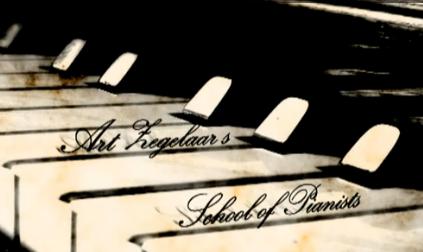Opus 53
Count Waldstein. It was he who recommended young Beethoven to Joseph Haydn in 1792 and saw him sort of as replacement for Mozart's spirit. In fact Count Waldstein was the binding glue between Mozart and Beethoven.
By now though Beethoven has brought Sonata form to its Zenith. This sonata is for me one of the most perfect Sonatas to have been written ever. And that is gives an enormous peace of mind, because perfection does not exist and in the end of the first as well as the last movement it shows Beethoven in a rush to finish it.
But that may not have been the reason his Leipzig publisher returned this Sonata. At first glance its brilliance may not have been noticeable at all, as also the key of C major may have concealed its mastery. His publisher was at the time in disagreement with Beethoven, because he was not willing to give his publisher an all out exclusive. But whatever, did his publisher at the time recognise the value of this Sonata.
Beethoven brings in this Sonata pure simplicity to a never before brought height. The extreme slowness of the middle movement was daring beyond anything he had written and then the last movement is chilling for its beauty.
But apparently the Sonata is written because his Opera efforts came to a halt due to his disaffection with Schikaneder another such link to Mozart in this case.
With this work the piano Sonata has achieved the level of a Symphony for sure and that is exactly the reason why I like to see Beethoven's late period here, why only leave to a very short period at the end of his life?
Also in this Sonata the connections between all movements through shared leit-motives or unbroken connection between the second movement and the last shows that Beethoven had arrived there where Romantic music will progress into at the end of the 19th century.
Notice the sequence of keys. Already after the first phrase Beethoven repeats the whole phrase one whole tone lower.
And notice then the movement to the dominant G through the broken Chord of C-minor, the section being in C-major!
The process is repeated with tremolos, but this it doesn't go down to Bb but up to D.
From there on the progression is dazzling to arrive for the second theme in E-major.







